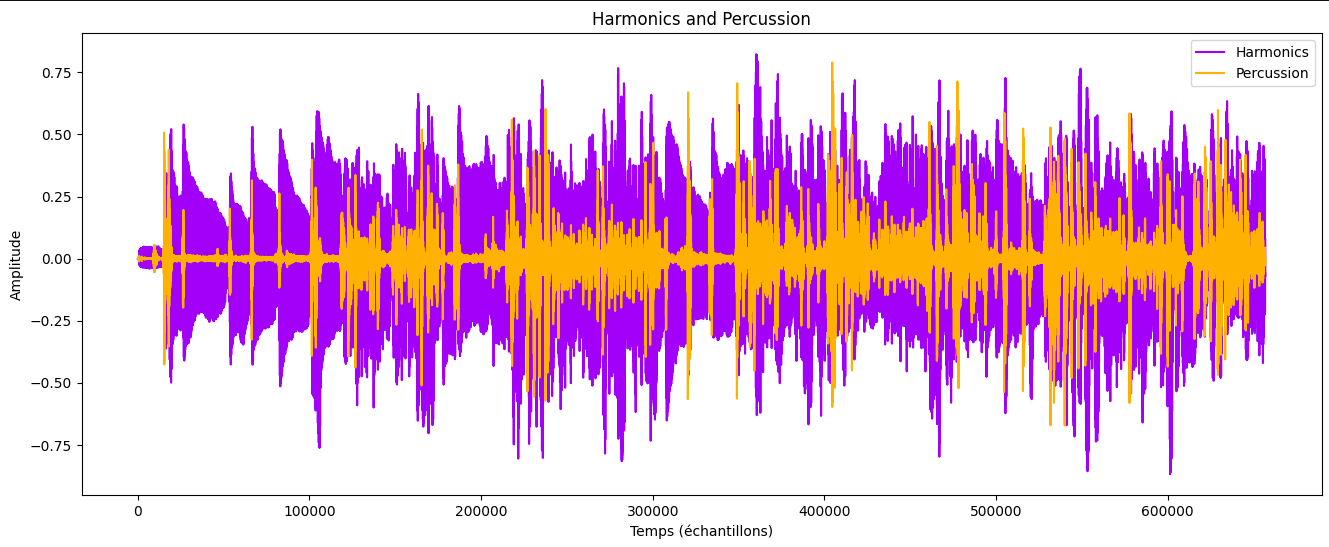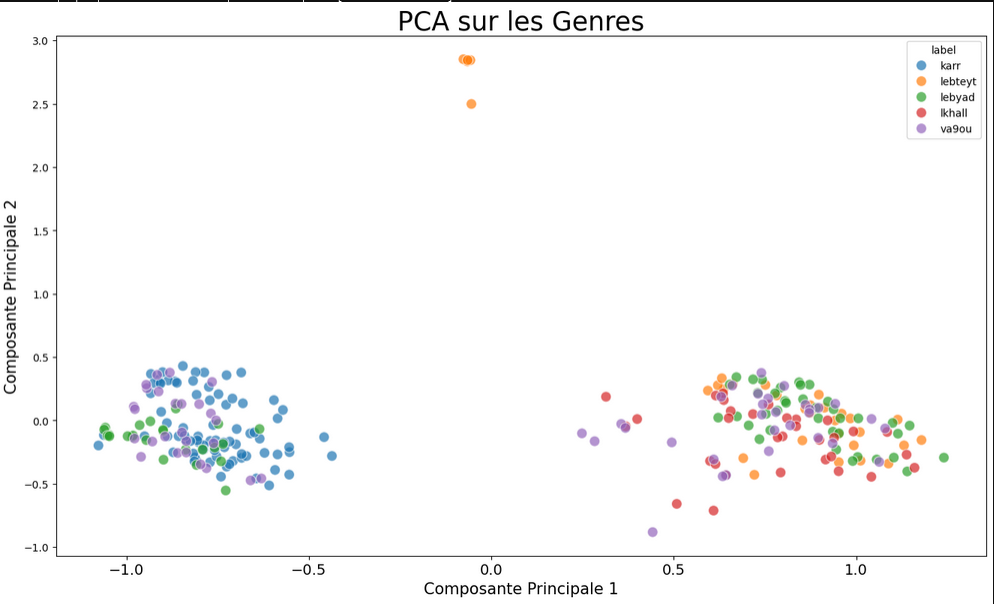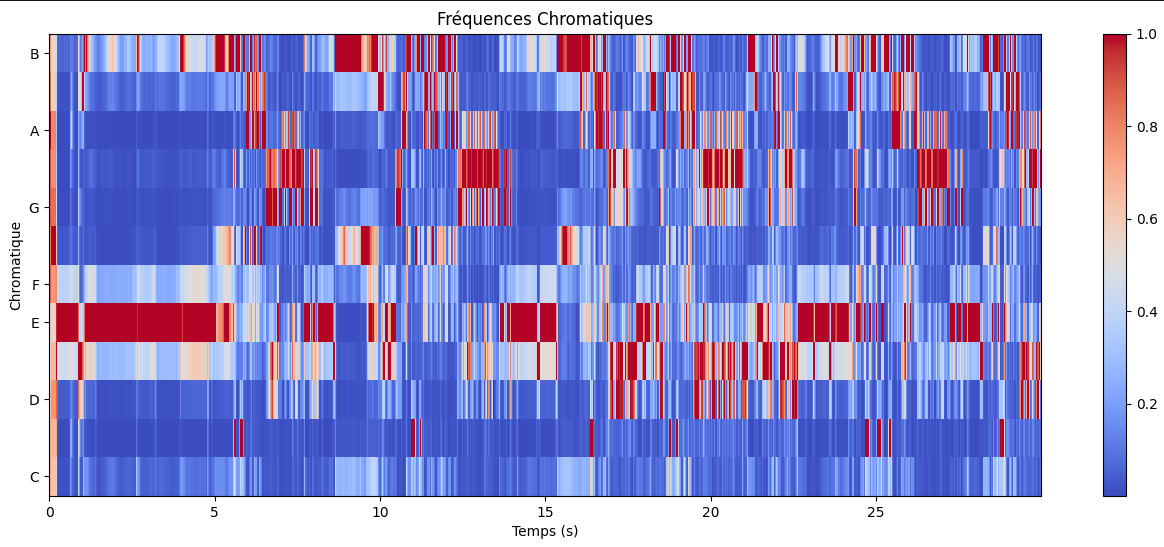Project I: Recognition and Classification of Traditional Mauritanian Music Notes Using LSTM
The project focuses on developing an advanced deep learning model utilizing Long Short-Term Memory (LSTM) architecture for the recognition and classification of traditional Mauritanian music notes. Traditional Mauritanian music, deeply rooted in history and cultural heritage, features the tidinit instrument, renowned for its intricate melodies and rhythms. Central to Mauritanian music are the “maqamat,” which are musical modes or scales that organize melodies according to established rules and dimensions, imparting distinct characteristics and emotions to each. However, the precise classification and recognition of maqamat often require expert knowledge, posing a challenge for broader analysis and understanding.
-
Objective: The primary objective of the project is to develop a robust deep learning model capable of accurately recognizing and classifying traditional Mauritanian music notes based on their respective maqamat. By leveraging LSTM networks trained on audio recordings of tidinit performances, the model aims to automate the classification process, providing a valuable tool for musicians, researchers, and enthusiasts to explore and analyze Mauritanian music more comprehensively.
-
Methodology: The project will involve several key steps, including data collection, preprocessing, model development, training, and evaluation. High-quality audio recordings of tidinit performances showcasing a variety of maqamat will be collected and annotated. The data will undergo preprocessing to extract relevant features and prepare them for input into the LSTM model. The LSTM architecture will be trained using supervised learning techniques on the annotated dataset, optimizing for accuracy and generalization. Extensive evaluation and validation will be conducted to assess the model’s performance in accurately classifying music notes according to their maqamat.
-
Impact: The successful development of a reliable LSTM-based model for maqamat recognition and classification holds significant implications for the study and preservation of Mauritanian musical heritage. By automating the classification process, the model can aid musicians, scholars, and enthusiasts in exploring and understanding the nuances of Mauritanian music more effectively. Additionally, the project contributes to the advancement of deep learning techniques in the domain of music analysis and paves the way for further research in cultural musicology and computational ethnomusicology.
-
Future Directions: Future iterations of the project may explore enhancements to the model architecture, such as incorporating attention mechanisms or leveraging additional data sources for improved performance. Additionally, the model’s applicability to other musical traditions and instruments could be investigated, broadening its scope and impact within the field of music information retrieval and analysis.


